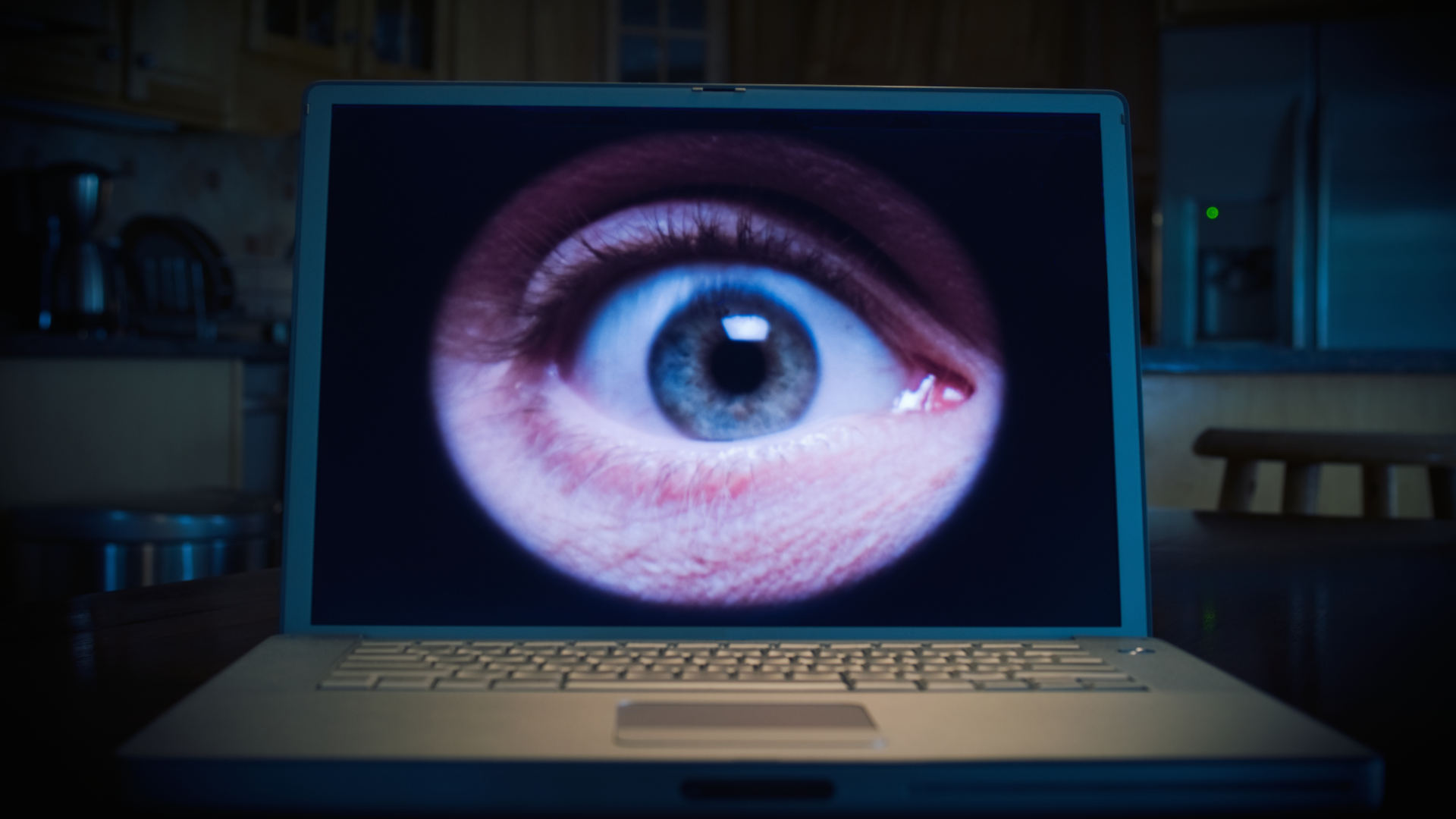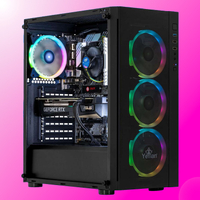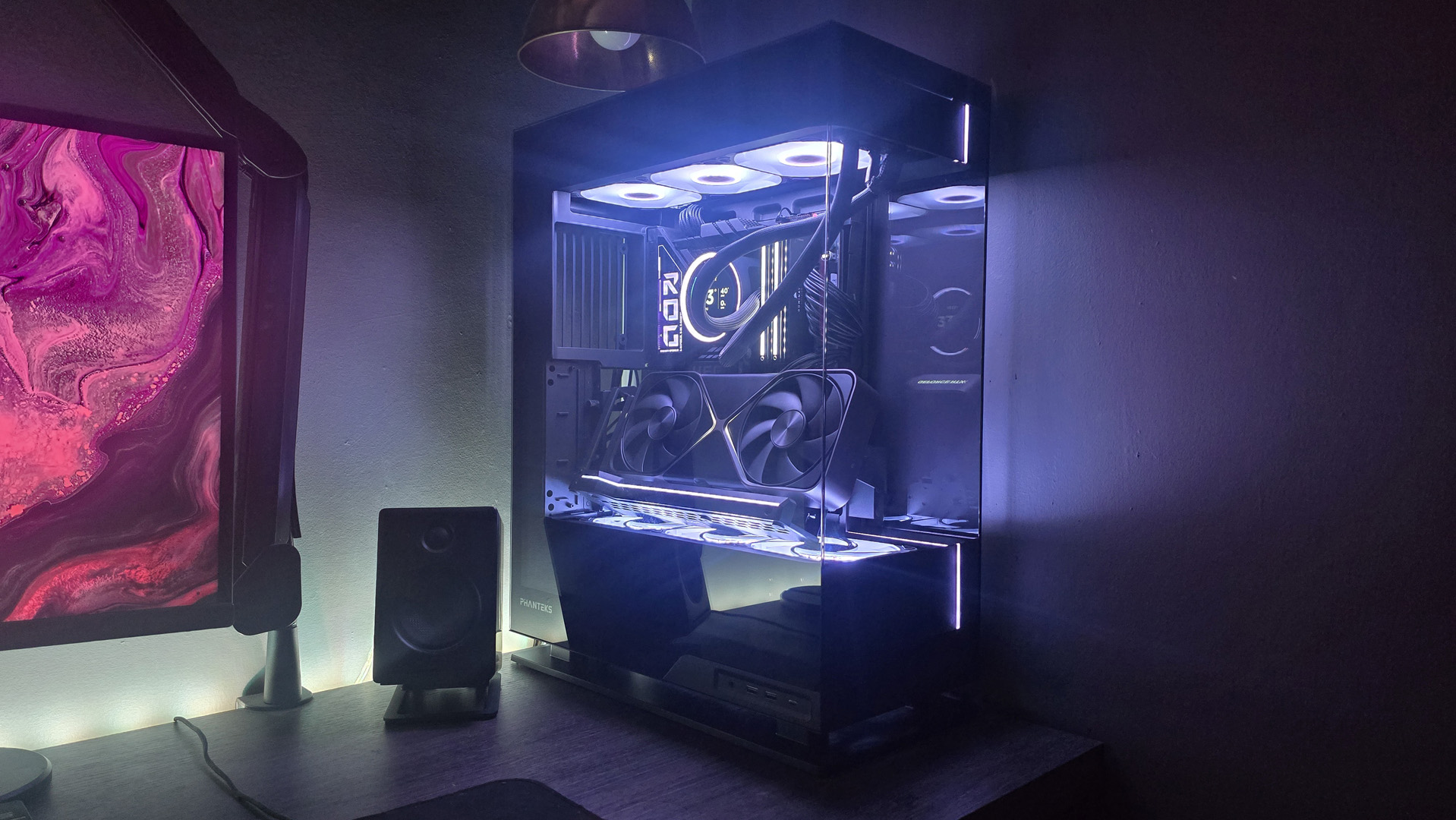Microsoft patents a technique to display encrypted documents so only you can see them
It seems to be a better system than AMD's Privacy View feature but like all of them, it can't solve one key issue.

If you're working on an important document in a busy environment and don't want people to see what you're doing at a glance, then you could use a privacy screen on the display or an application that dims areas not in your gaze. Microsoft has patented a system that it believes is superior to both because it makes the document fully encrypted and illegible at all times—apart from the section you're directly looking at on the display.
The patent's details (via Windows Report) are like all such publications, in that specific details on exactly how everything works aren't covered. Instead, a broad overview of the nature of the technology is given and what Microsoft has proposed is a system that takes documents you're working on and encrypts them in such a way that the contents are secure but the overall structure of the text remains the same.
That's even the case when you pull the document up for display on your PC's screen. But then the clever bit kicks in. Using a suitable webcam or another device that can track the movement of your eyes, the algorithm determines exactly where your focus is and uses the information to generate an alpha-blending mask—think of this as being like a 'hole' in the encrypted document that lets you see the original material underneath.
As your eyes move about, the 'hole' follows along to ensure that you don't suddenly hit a line of unintelligible text. Statistical methods can be used to predict where the eye's motion will lead, reducing the latency between the eye tracking and mask movement. Anyone else looking at the screen will just see gibberish.
Microsoft's algorithm takes into account that we use our peripheral vision quite a lot when we read, even though the text isn't directly in focus, and the edge of the mask isn't a hard line between normal and encrypted text. It also takes into account that eye motion isn't perfectly smooth (aka saccades).
Combined, these additions to the algorithm do make it seem a little better than AMD's Privacy View feature in its Adrenalin software, which just dims the regions of the screen you're not looking at.
However, like all such eye-tracking security features, it doesn't seem to prevent one particular issue. If the original document is visible and legible on any part of the screen, there's always the chance that someone can see it. None of these software-based privacy systems can stop someone from taking an image of your screen from a distance or out of the eye-tracking device's field of view.
The biggest gaming news, reviews and hardware deals
Keep up to date with the most important stories and the best deals, as picked by the PC Gamer team.
Still, the Microsoft system is, in my humble opinion, considerably better than laptop privacy screens, which just disable some of the backlights to make it harder to read content from the side. Of course, one could just not work on sensitive documents in a public area, but if it has to be done, I'd prefer the content to be genuinely encrypted in some way and not just a bit dimmer.
Best gaming PC: The top pre-built machines.
Best gaming laptop: Great devices for mobile gaming.

Nick, gaming, and computers all first met in 1981, with the love affair starting on a Sinclair ZX81 in kit form and a book on ZX Basic. He ended up becoming a physics and IT teacher, but by the late 1990s decided it was time to cut his teeth writing for a long defunct UK tech site. He went on to do the same at Madonion, helping to write the help files for 3DMark and PCMark. After a short stint working at Beyond3D.com, Nick joined Futuremark (MadOnion rebranded) full-time, as editor-in-chief for its gaming and hardware section, YouGamers. After the site shutdown, he became an engineering and computing lecturer for many years, but missed the writing bug. Cue four years at TechSpot.com and over 100 long articles on anything and everything. He freely admits to being far too obsessed with GPUs and open world grindy RPGs, but who isn't these days?


